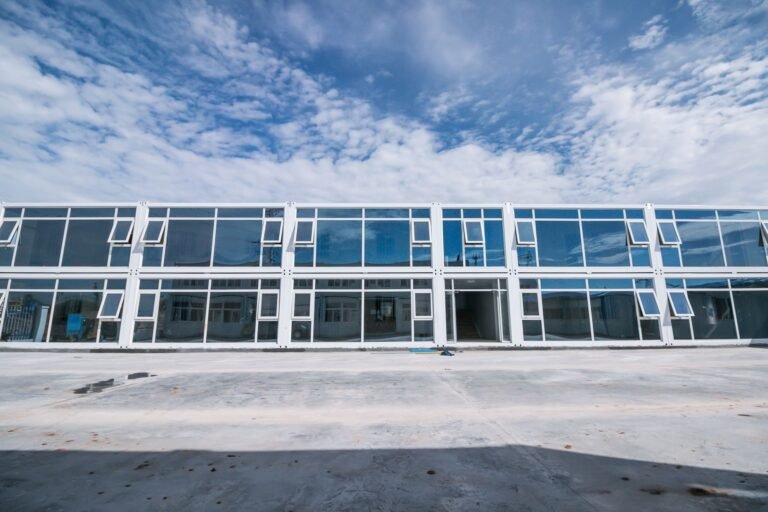Innovation and application of prefabricated houses
In recent years, sustainable furniture has become a significant trend as people grow more conscious of their environmental impact. Eco-friendly choices in furniture not only help reduce our carbon footprint but also contribute to healthier living environments. This article delves into the world of sustainable furniture, exploring its benefits, materials, and the innovative practices shaping its future.
Benefits of Sustainable Furniture
Choosing sustainable furniture offers several advantages, both for individuals and the planet. Firstly, it reduces waste. Many sustainable furniture pieces are made from recycled or reclaimed materials, which means fewer resources are consumed, and less waste ends up in landfills. For instance, reclaimed wood from old buildings or discarded shipping pallets can be transformed into beautiful, unique furniture pieces. Secondly, sustainable furniture often involves fewer harmful chemicals. Traditional furniture manufacturing can involve toxic substances like formaldehyde and flame retardants, which can off-gas into homes and affect indoor air quality. Eco-friendly furniture, on the other hand, typically uses non-toxic finishes and natural materials, promoting a healthier living environment. Additionally, sustainable furniture supports ethical labor practices. Many companies producing eco-friendly furniture ensure fair wages and safe working conditions for their employees. By choosing such products, consumers can contribute to better labor standards worldwide.
Materials Used in Sustainable Furniture
A variety of materials can be used to create sustainable furniture. Bamboo is a popular choice due to its rapid growth rate and durability. It can be harvested without killing the plant, allowing it to regrow quickly. This makes bamboo an excellent alternative to slower-growing hardwoods. Recycled metal and plastic are also commonly used in sustainable furniture design. These materials are often sourced from post-consumer waste, such as old appliances or plastic bottles, reducing the need for virgin resources. Recycled materials can be fashioned into stylish and sturdy furniture, showcasing that sustainability and aesthetics can go hand in hand. Another innovative material is mycelium, the root structure of mushrooms. Mycelium can be grown into various shapes and then dried to create lightweight, strong, and biodegradable furniture components. This material exemplifies how cutting-edge science can contribute to sustainable living solutions.
Innovative Practices in Sustainable Furniture Design
The future of sustainable furniture is bright, thanks to several innovative practices. One such practice is modular design, which allows for easy repair, disassembly, and recycling of furniture. Modular furniture components can be replaced individually, extending the product’s life and reducing waste. 3D printing is another exciting development. This technology enables the production of furniture with minimal waste, as it uses only the necessary amount of material. Moreover, 3D printing allows for intricate designs that were previously difficult or impossible to achieve, broadening the possibilities for sustainable aesthetics. Upcycling is gaining traction as well. This practice involves repurposing old or discarded items into new furniture pieces. For example, an old door can become a dining table, or vintage suitcases can be transformed into stylish storage units. Upcycling not only reduces waste but also results in one-of-a-kind, personalized pieces.
Conclusion
Sustainable furniture represents a harmonious blend of environmental responsibility, health benefits, and innovative design. By opting for eco-friendly choices, consumers can play a crucial role in fostering a greener planet. With ongoing advancements in materials and manufacturing practices, the future of sustainable furniture looks promising, offering endless possibilities for beautiful, functional, and environmentally friendly living spaces. As awareness and demand grow, sustainable furniture is poised to become a standard in modern living, proving that style and sustainability can indeed coexist.




